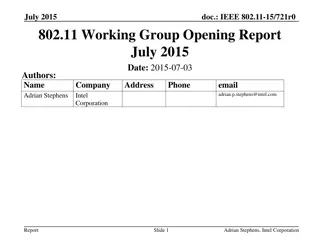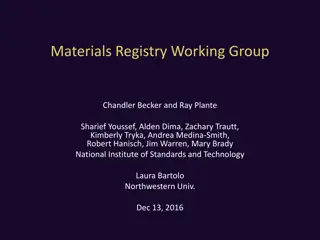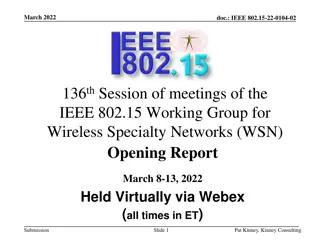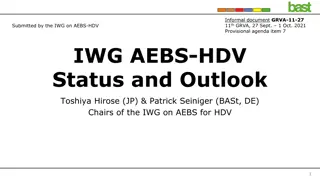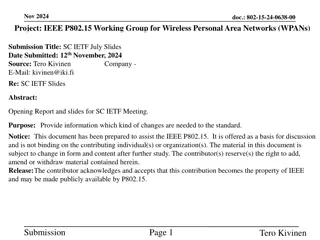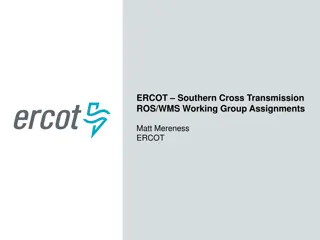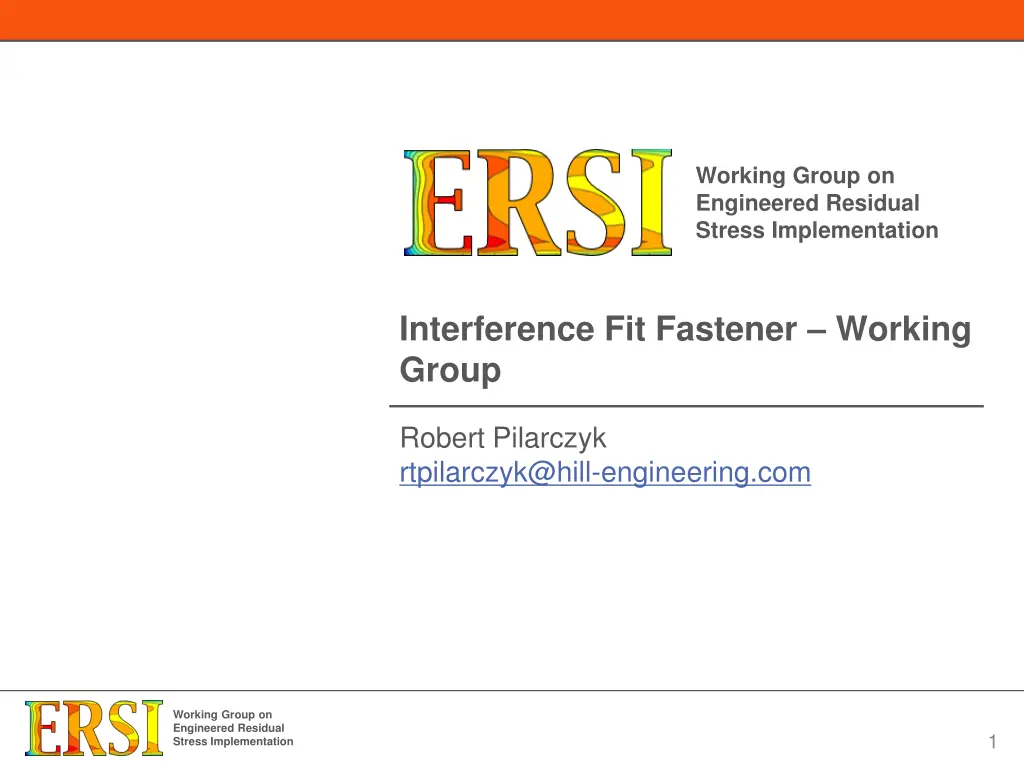
Implementation of Engineered Residual Stress in Fastener Geometry
Discover the impact of chamfer geometry on fastener installation through FE modeling, with insights on plasticity levels and stress fields. Learn about the influence of transitional regions in Hi-Lok fasteners and various installation methods. Explore how chamfer design affects equilibrium and plastic strain distribution in fastener applications.
Uploaded on | 1 Views
Download Presentation

Please find below an Image/Link to download the presentation.
The content on the website is provided AS IS for your information and personal use only. It may not be sold, licensed, or shared on other websites without obtaining consent from the author. If you encounter any issues during the download, it is possible that the publisher has removed the file from their server.
You are allowed to download the files provided on this website for personal or commercial use, subject to the condition that they are used lawfully. All files are the property of their respective owners.
The content on the website is provided AS IS for your information and personal use only. It may not be sold, licensed, or shared on other websites without obtaining consent from the author.
E N D
Presentation Transcript
Working Group on Engineered Residual Stress Implementation Interference Fit Fastener Working Group Robert Pilarczyk rtpilarczyk@hill-engineering.com Working Group on Engineered Residual Stress Implementation 1
Fastener geometry and installation Hi-Lok fasteners have a transition region From threaded portion to straight shank - Chamfer/fillet Depending on modeling approach, this geometric feature could be important Notice a small step in diameter here http://www.jet-tek.com/hi-lok-pins/hl18.pdf Working Group on Engineered Residual Stress Implementation 2
Fastener geometry and installation Fastener installation Typically pushed into the hole with screw-driven process Several other ways - Tapped into the hole - Frozen to shrink diameter and slide into the hole - Etc Working Group on Engineered Residual Stress Implementation 3
Fastener geometry and installation FE modeling shows a significant influence of the chamfer geometry 3D model, nonlinear elastic-plastic Fastener is incrementally pushed into the hole - Solution for equilibrium for each incremental step More aggressive chamfer leads to higher levels of plasticity near the fastener entry side Longer, more gentle chamfer leads to lower levels of plasticity and more uniform results through the thickness Equivalent plastic strain comparison below Equivalent plastic strain (PEEQ) 0.025 chamfer (more gradual transition) 0.010 chamfer (more abrupt transition) Fastener exit Bore Installation direction Hole edge Fastener entrance Working Group on Engineered Residual Stress Implementation 4
Fastener geometry and installation FE modeling shows a significant influence of the chamfer geometry Influence of chamfer geometry on hoop stress field below More abrupt transition leads to more variation through the thickness near the bore More gradual transition leads to a stress field more uniform through the thickness - Similar to what would be obtained with a simplified model expanding the entire bore surface at once Hoop stress (fastener installed) 0.010 chamfer (more abrupt transition) 0.025 chamfer (more gradual transition) Working Group on Engineered Residual Stress Implementation 5
















